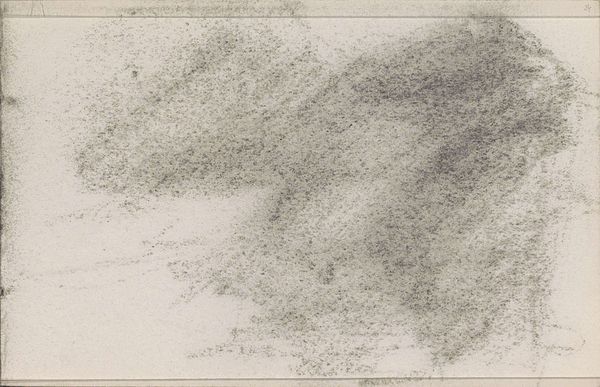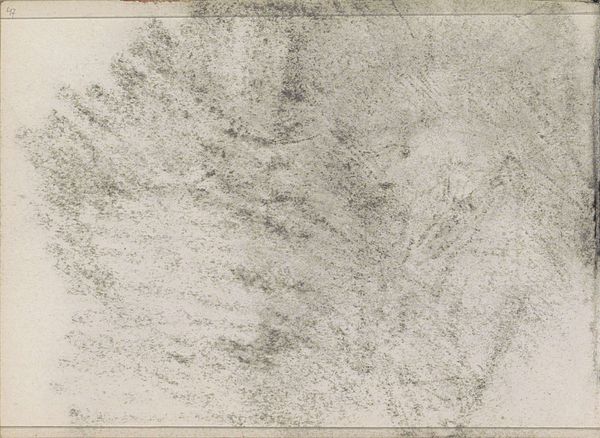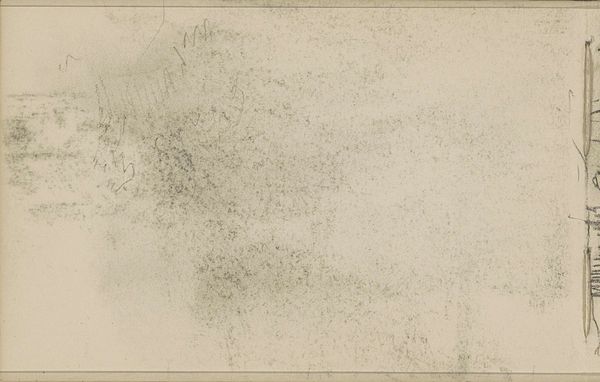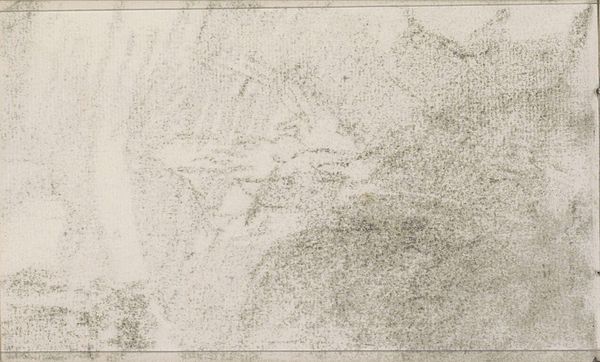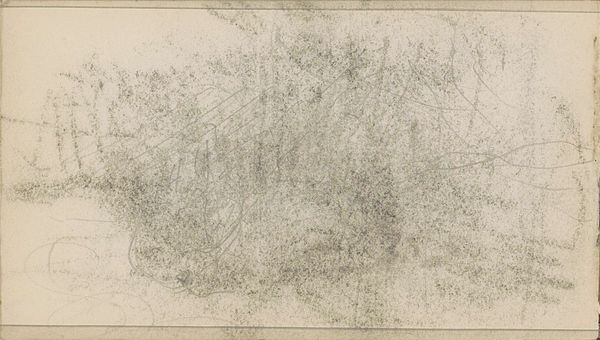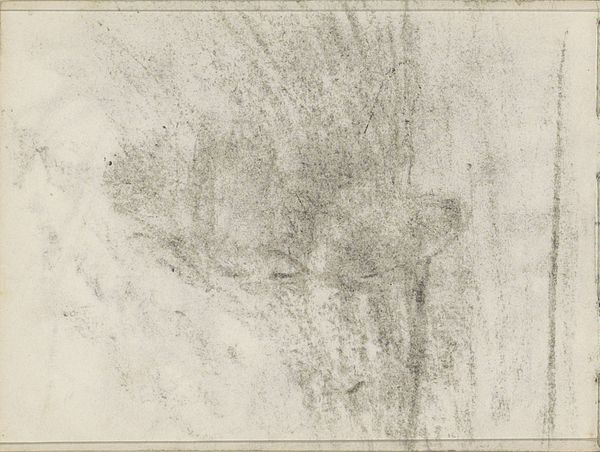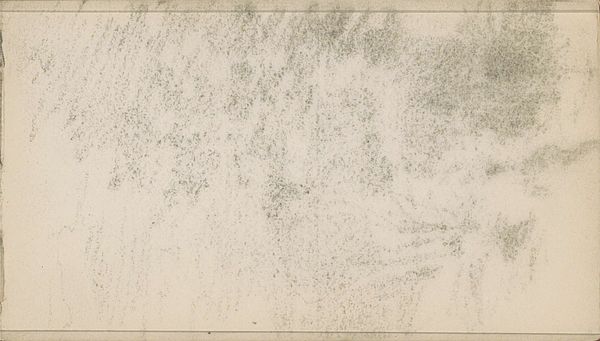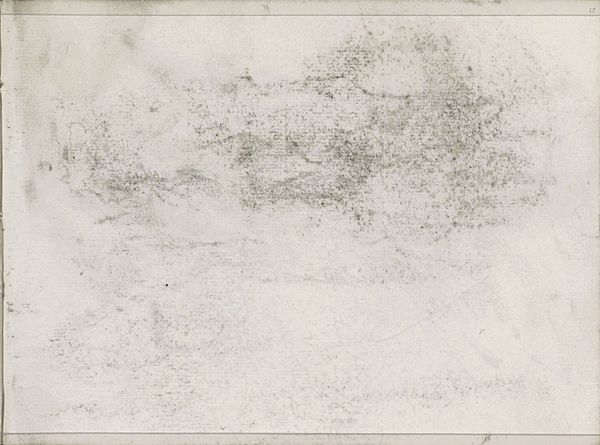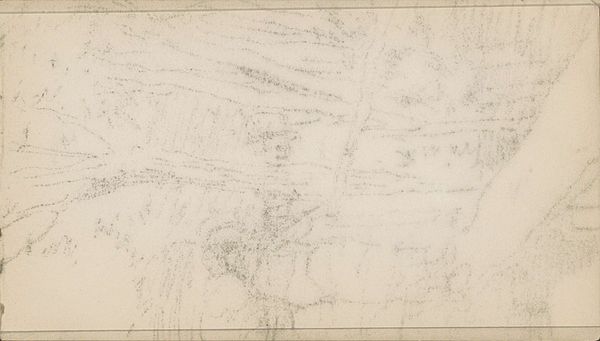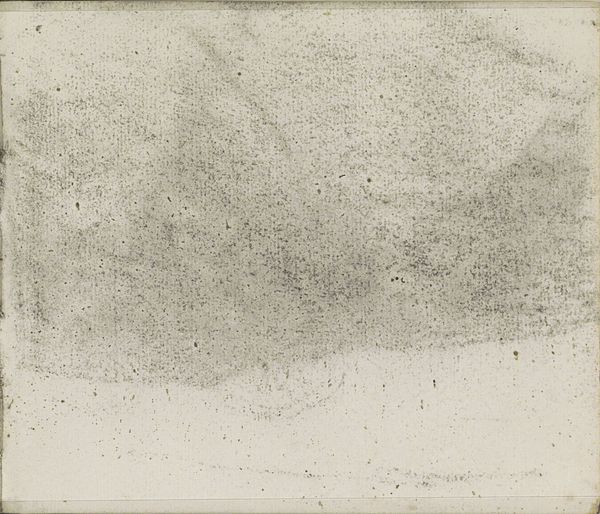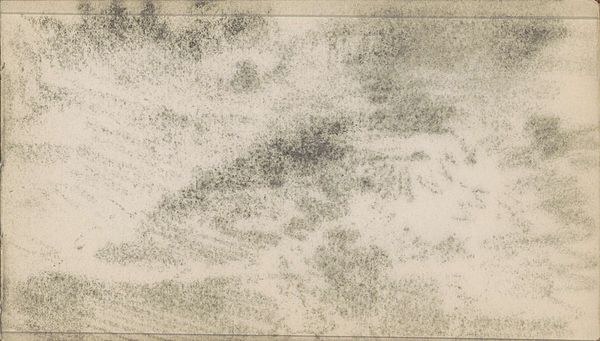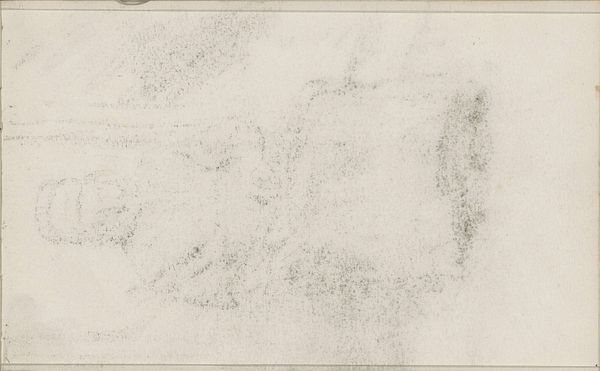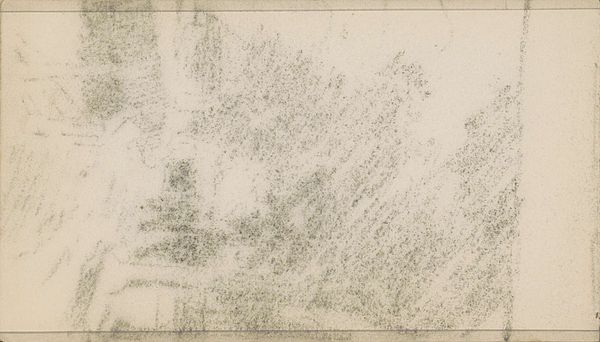
drawing, paper, pencil
#
pencil drawn
#
drawing
#
impressionism
#
pencil sketch
#
landscape
#
paper
#
pencil
Copyright: Rijks Museum: Open Domain
Anton Mauve made this study, probably of a tree, in the Netherlands, sometime in the late 19th century. As a member of the Hague School, Mauve was part of a movement reacting against the rigid academic painting promoted by art institutions of the time. The Hague School sought to depict the Dutch landscape and everyday life with a more naturalistic and emotionally resonant approach. This sketch reflects a shift towards looser, more expressive techniques, evident in the sketchy lines and focus on capturing the essence of the subject rather than precise detail. It resonates with broader European trends toward plein air painting and a rejection of academic artifice. Mauve's work, like that of his contemporaries, reflects a changing social landscape. Artists began to see beauty in the ordinary and found ways to challenge existing artistic conventions. To understand his motivations, researchers might look at exhibition catalogs, critical reviews, and artists' correspondence, as well as social histories of Dutch art.
Comments
No comments
Be the first to comment and join the conversation on the ultimate creative platform.
